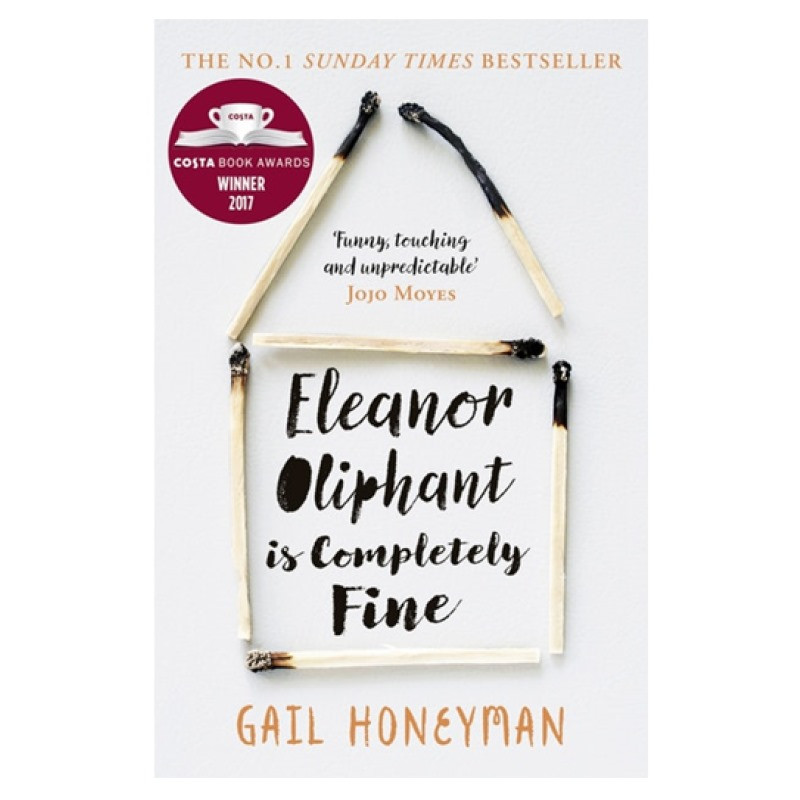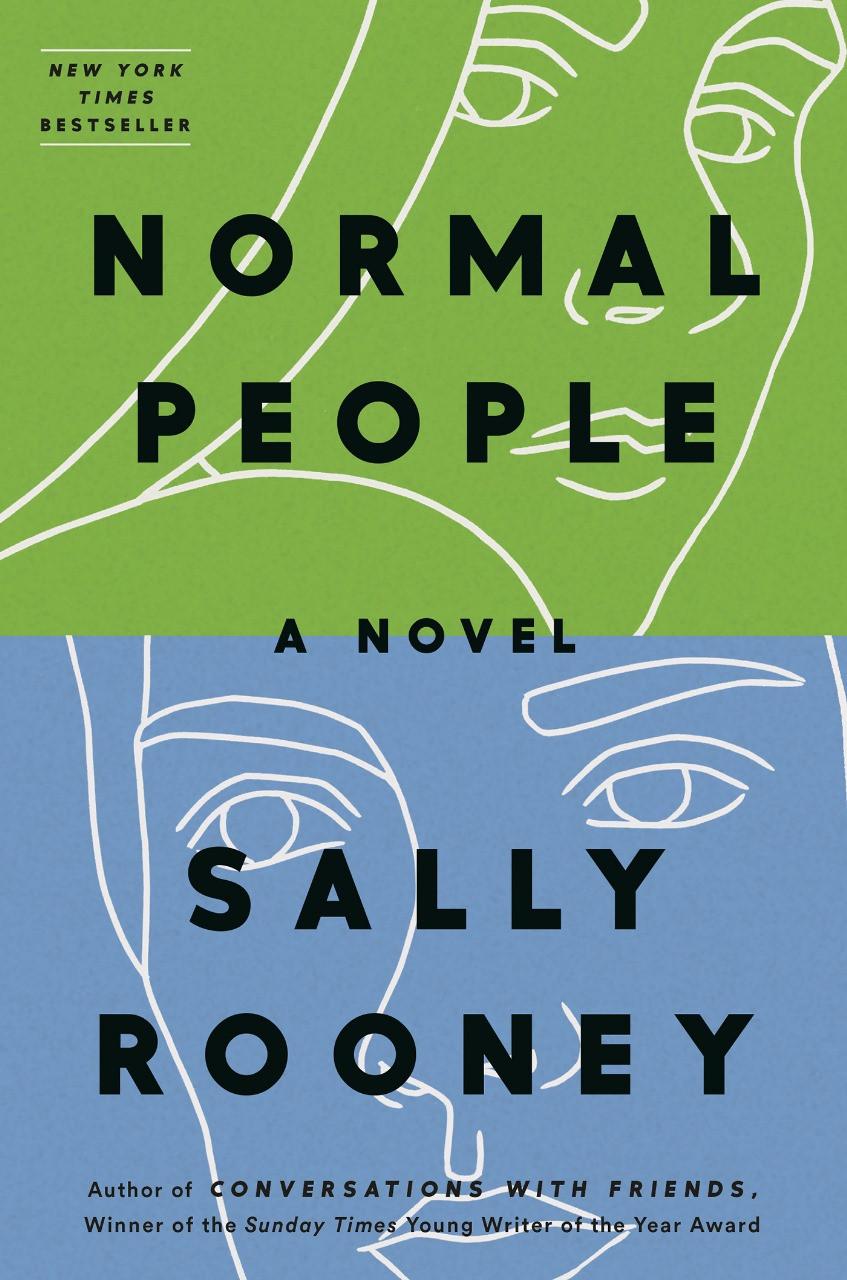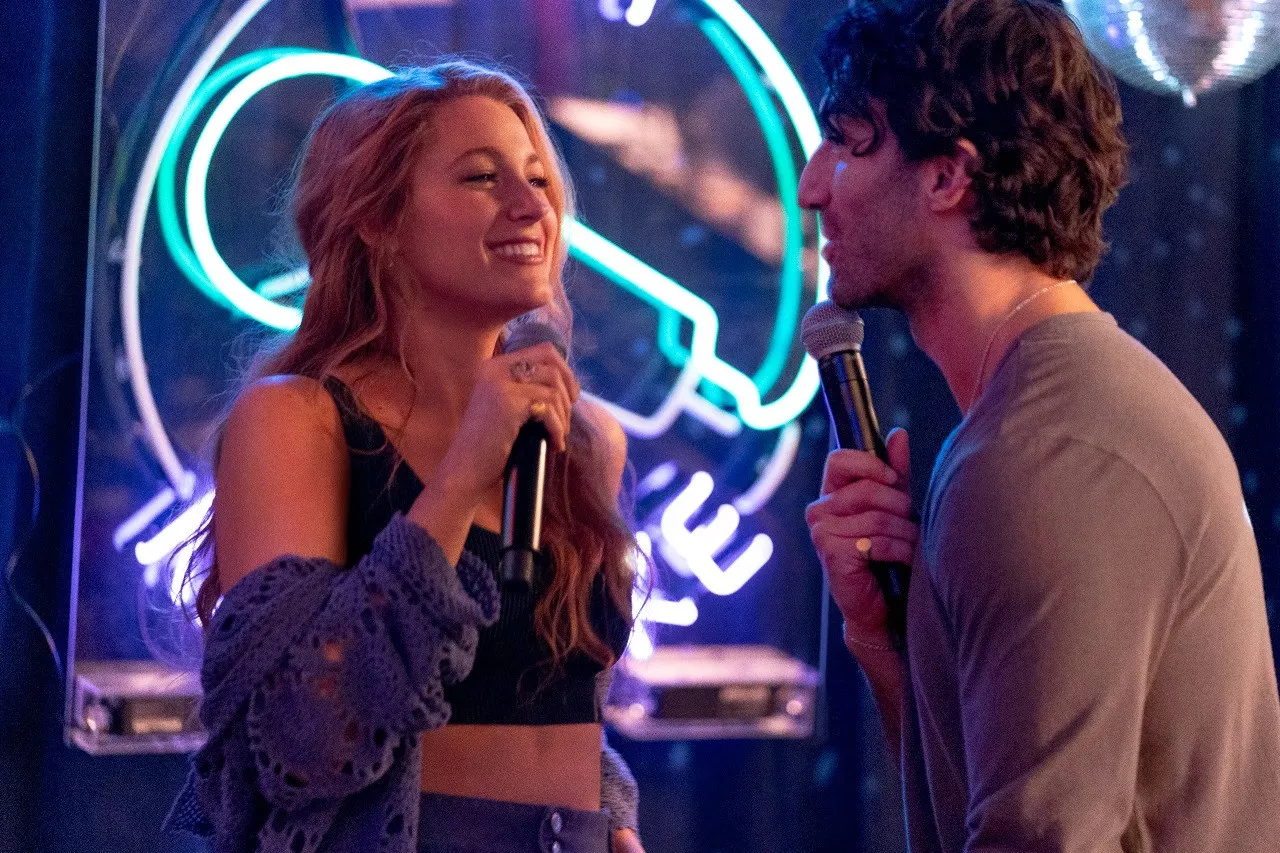Not a fan of ‘It Ends With Us’? Explore these 4 alternatives for a mature look at domestic violence
These books dive into the complexities of abuse unlike the romance-focused, controversy-driven bestseller
KARACHI:Colleen Hoover’s It Ends With Us has certainly made a splash in the literary world, but not all ripples have been kind. While Hoover’s novel claims to shed light on the grim realities of domestic violence, many readers have found it lacking in depth and sensitivity. The book’s portrayal of abuse has been described as melodramatic, with many slamming its marketing as a romance.
Fears of amplifying the wrong message about DV have only grown in certain quarters now that the Blake Lively-starrer multimillion film adaptation has hit theatres. From the Gossip Girl starlet using the film to launch her haircare brand to clips of her telling fans to don their florals for the screening have done little to quell those fears.
For those who It Ends With Us a poor take on the intricacies of domestic violence, there are several alternative reads that tackle the grave issue with more nuance and grace. So, if you’re looking to switch gears and dive into fictional worlds that handle domestic violence with the sophistication it deserves, here are four stellar recommendations.
‘Eleanor Oliphant Is Completely Fine’

At first glance, Eleanor Oliphant might seem like an oddball protagonist – a socially awkward woman with a penchant for frozen pizza and vodka-fueled weekends. But beneath her quirky exterior lies a story of profound trauma and the long journey toward healing.
Gail Honeyman's debut novel doesn't directly focus on domestic violence, but it masterfully explores the lasting effects of childhood abuse and neglect. Eleanor's meticulously structured life and struggle with social interactions hint at a deeper pain, gradually revealed through her weekly phone calls with the ominous "Mummy."
As Eleanor's carefully constructed world begins to shift with the introduction of Raymond, the "bumbling and deeply unhygienic IT guy" from her office, readers are taken on a journey of self-discovery and healing. The novel delves into how childhood trauma can shape an individual's entire adult life, affecting their ability to form healthy relationships and navigate everyday situations.
What sets Eleanor Oliphant Is Completely Fine apart is its balance of more serious themes with humour and hope. Eleanor's journey showcases the power of human connection in overcoming the isolation that often accompanies a history of abuse. It's a tale that does justice to the complexities of trauma recovery, offering a more nuanced view of its long-term effects than many other popular novels.
‘Normal People’

For those seeking a more subtle exploration of abusive dynamics within relationships, Sally Rooney's Normal People offers a masterclass in psychological complexity. The novel follows Connell and Marianne from their school days in a small Irish town through their years at Trinity College in Dublin, chronicling their magnetic yet often troubled relationship.
While Normal People doesn't depict physical domestic violence, it delves deep into themes of emotional manipulation, power imbalances, and psychological control. Rooney's keen eye for the nuances of human interaction reveals how abuse can be insidious, often intertwined with genuine affection and dependency.
The story explores how past experiences of abuse (particularly Marianne's family background) can make someone more susceptible to unhealthy relationship patterns. Through Connell and Marianne's evolving dynamic, Rooney illustrates how societal expectations, class differences, and personal insecurities can contribute to emotionally abusive situations, even in relationships that aren't overtly violent.
Normal People encourages readers to think critically about the nature of healthy relationships and the various forms that abuse can take. Its nuanced portrayal of young love, trauma, and self-discovery has resonated with readers worldwide, spawning a critically acclaimed television adaptation.
‘Big Little Lies’

If you’re craving a narrative that combines suspense with a compelling look at domestic violence, Liane Moriarty’s Big Little Lies delivers in spades. The novel opens with a shocking death at an elementary school trivia night, then rewinds six months to unravel the events leading up to this tragic climax.
At the heart of the story are three mothers – Madeline, Celeste, and Jane – each harbouring secrets and dealing with their own traumas. Through these characters, particularly Celeste, Moriarty offers a raw and realistic depiction of domestic violence and its wide-reaching effects.
Through Big Little Lies, Moriarty deftly explores how domestic violence can be hidden behind a facade of wealth and social status, and how it affects not just the individuals involved, but also their children and the wider community.
The novel also touches on themes of survival, the power of women's friendships, and the complexities of parenting, all while maintaining a suspenseful narrative that keeps readers engaged. Moriarty's smart observations about parenting, gossip, and schoolyard dynamics add depth to the story, making it more than just a thriller about domestic abuse.
‘The Vanishing Half’

Following the lives of twin sisters, Brit Bennett’s The Vanishing Half incorporates the theme of abuse into its broader narrative, offering a unique perspective that intertwines with issues of race and identity. This multigenerational saga sees the divergent paths of twin sisters, Stella and Desiree Vignes, who grow up in a small southern black community but choose vastly different lives as adults.
The novel incorporates themes of abuse and trauma in ways that intersect compellingly with issues of race and identity. One sister's experience with domestic abuse in her relationship allows Bennett to examine how personal experiences of violence are shaped by and in turn shape one's sense of self and place in the world.
The Vanishing Half explores how a person's background and identity can influence their vulnerability to abuse and their ability to seek help. It also touches on intergenerational trauma, showing how patterns of abuse or the effects of trauma can be passed down or manifested differently across generations.
By setting the story against the backdrop of America's racial history, from the 1950s to the 1990s, Bennett produces a narrative that goes beyond individual experiences of abuse to consider how systemic racism itself can be a form of widespread, generational trauma.
Have something to add to the story? Share it in the comments below.


COMMENTS
Comments are moderated and generally will be posted if they are on-topic and not abusive.
For more information, please see our Comments FAQ